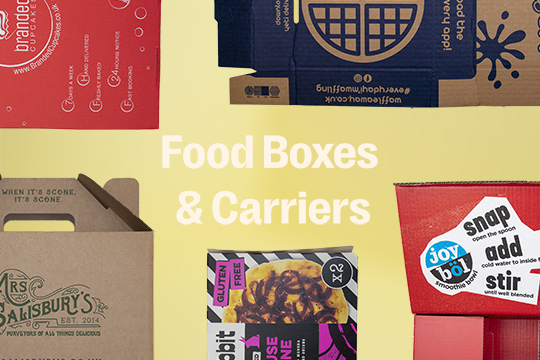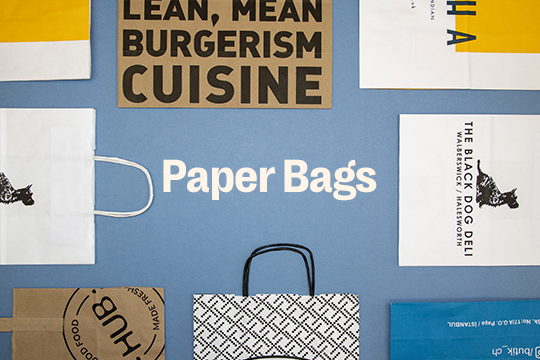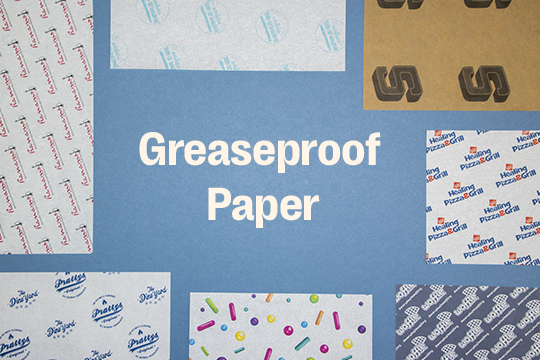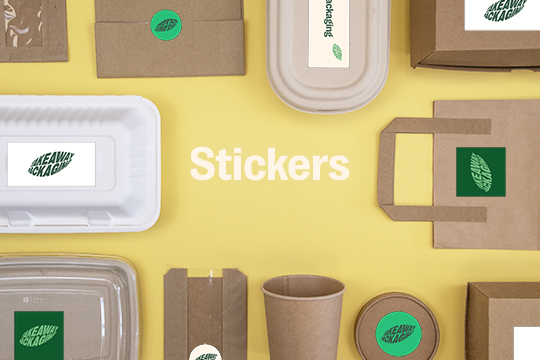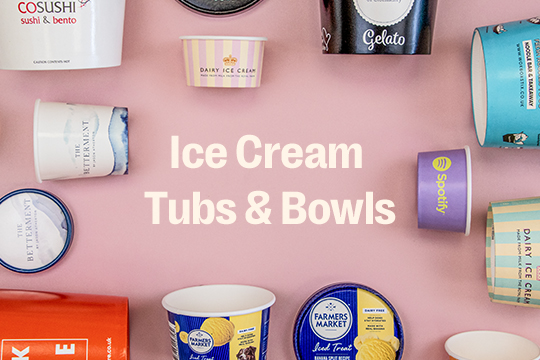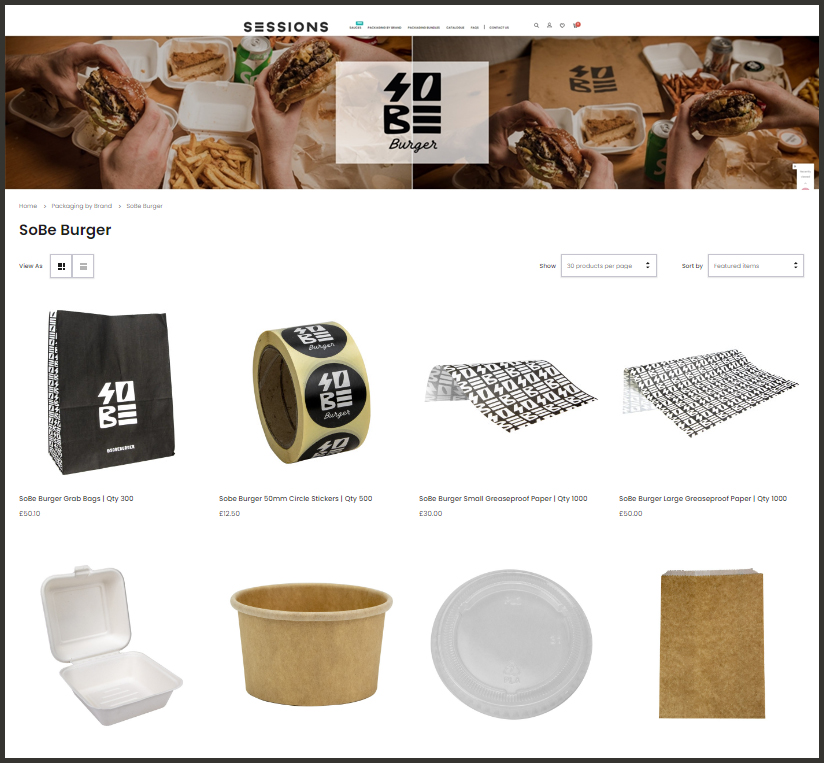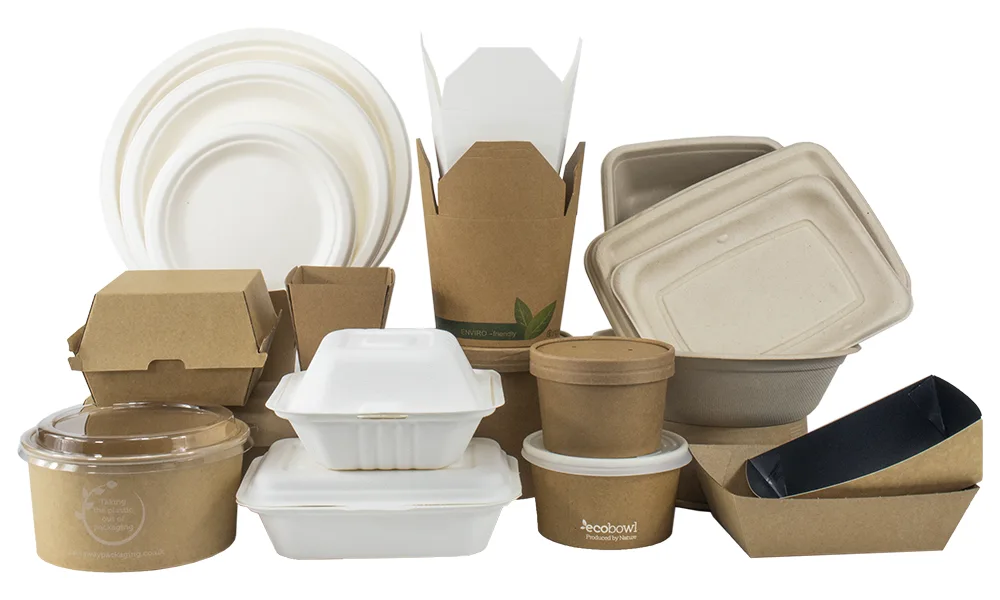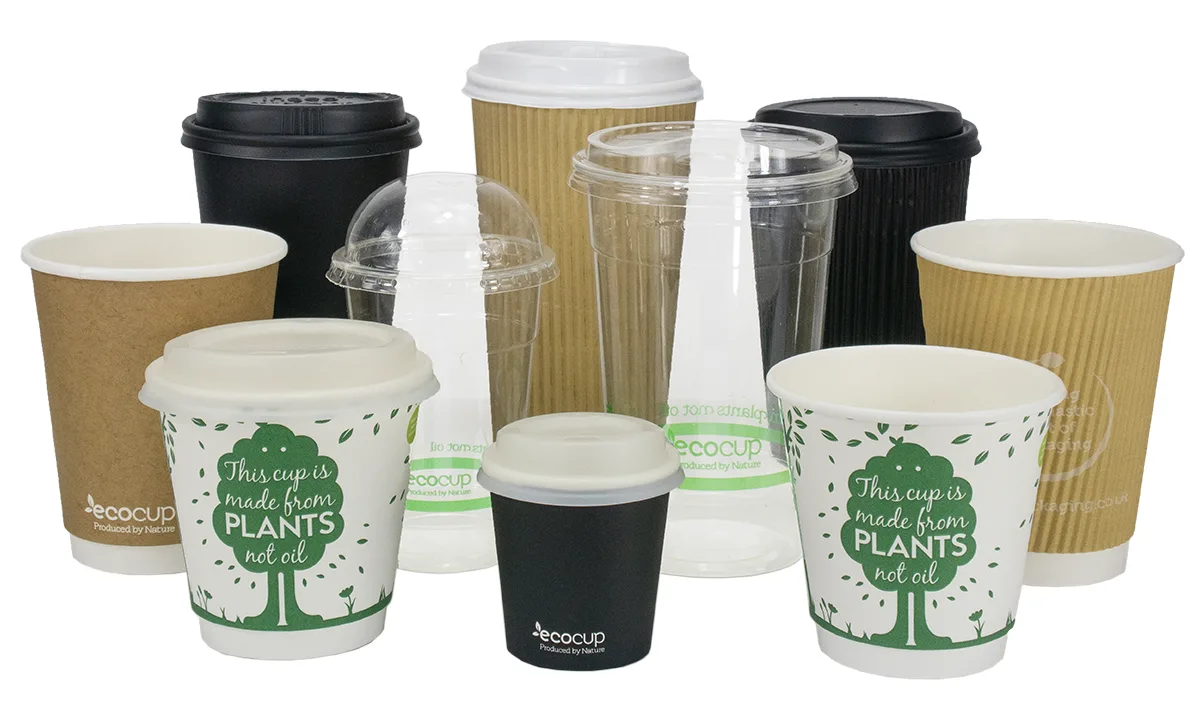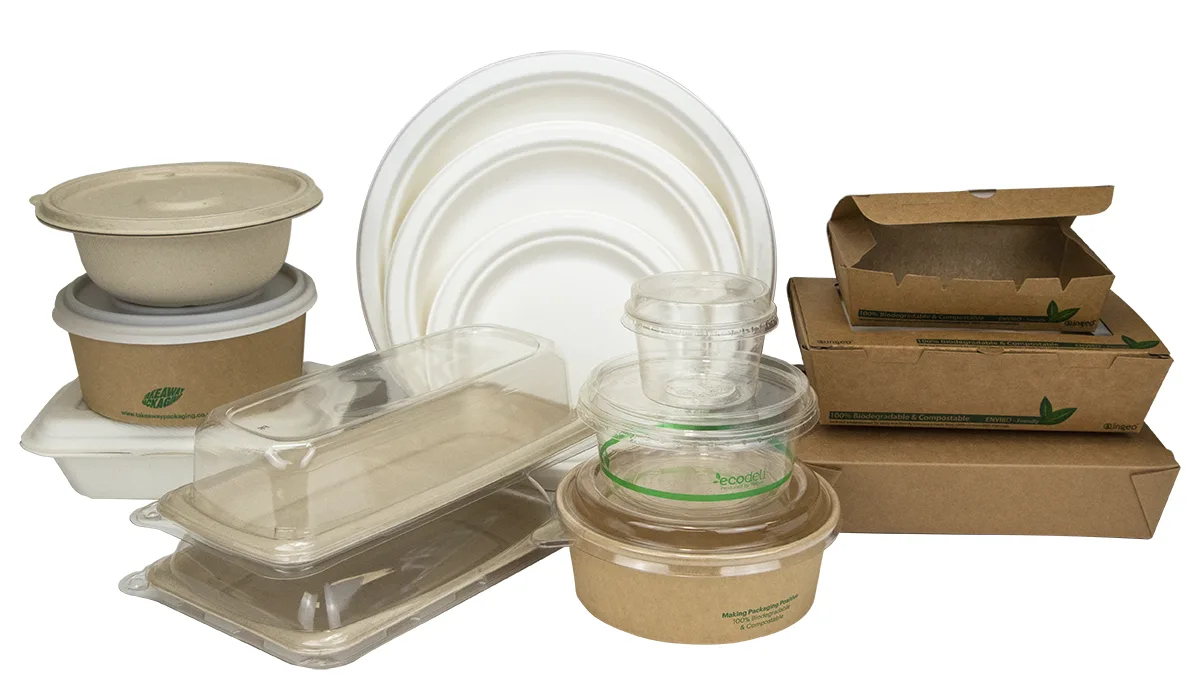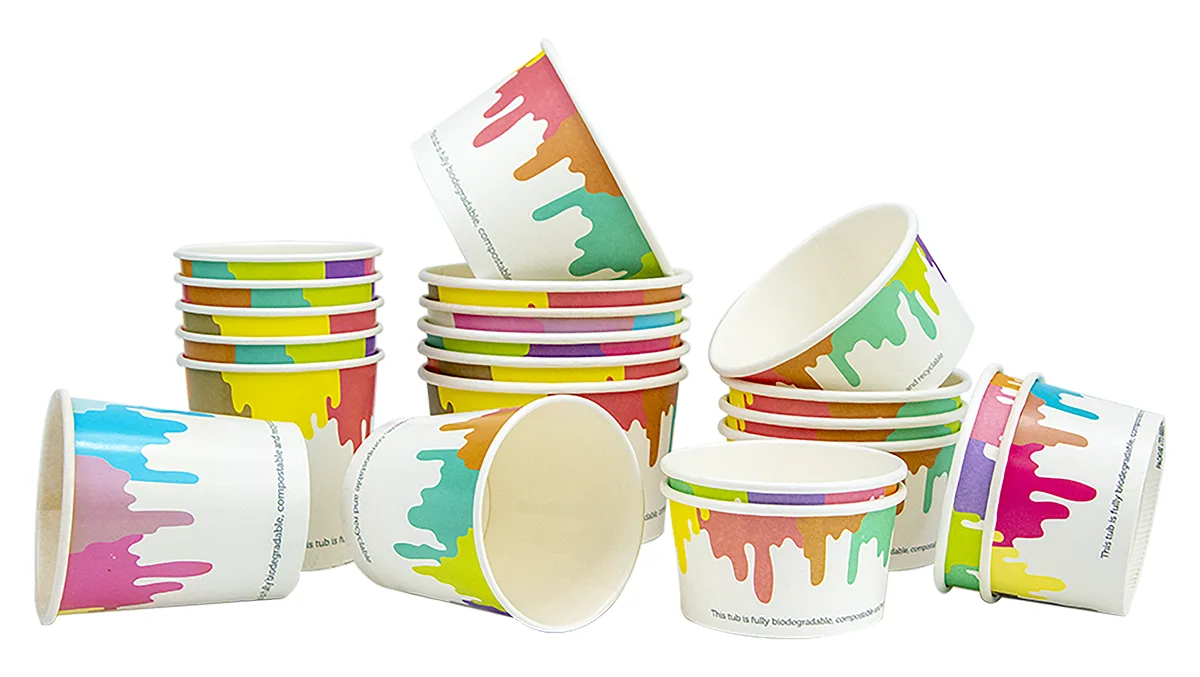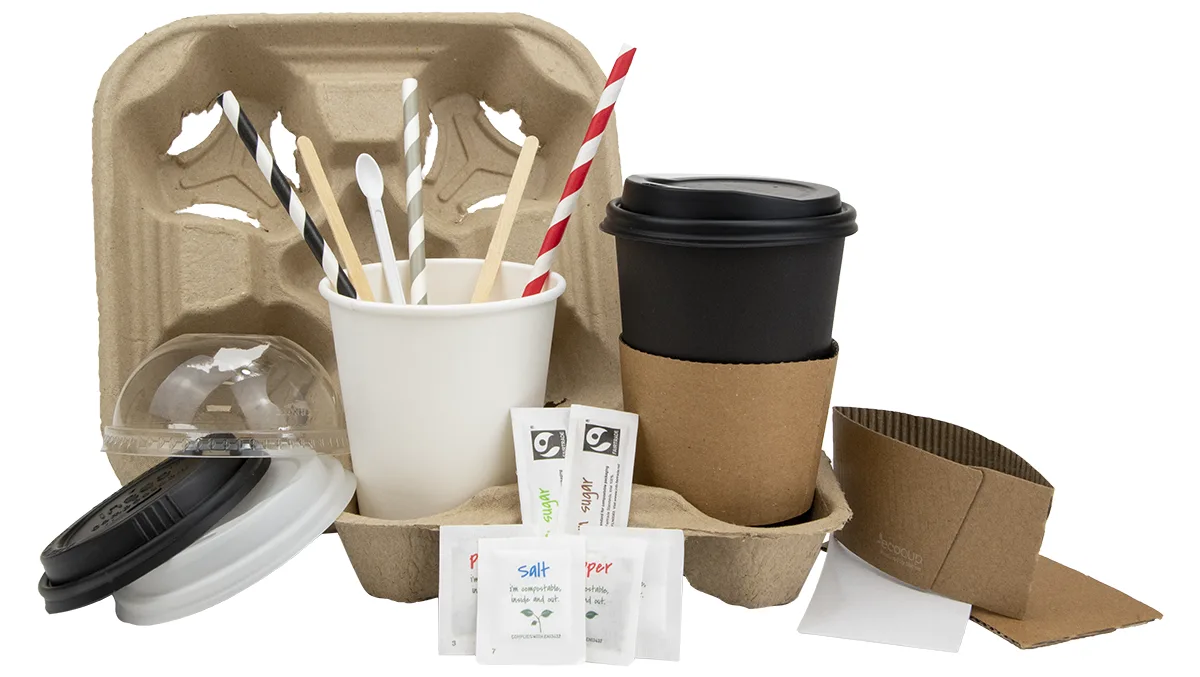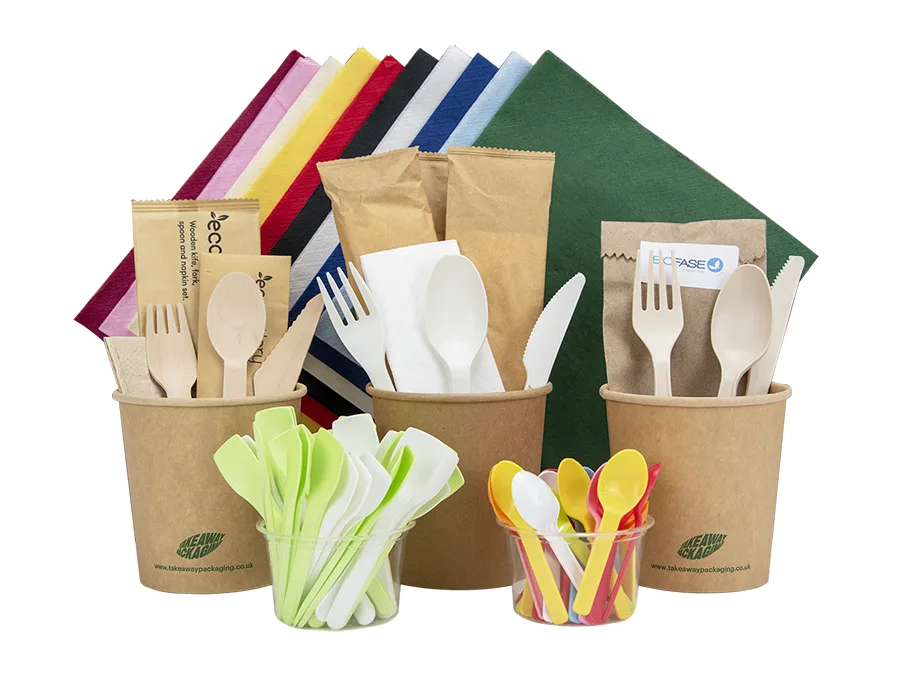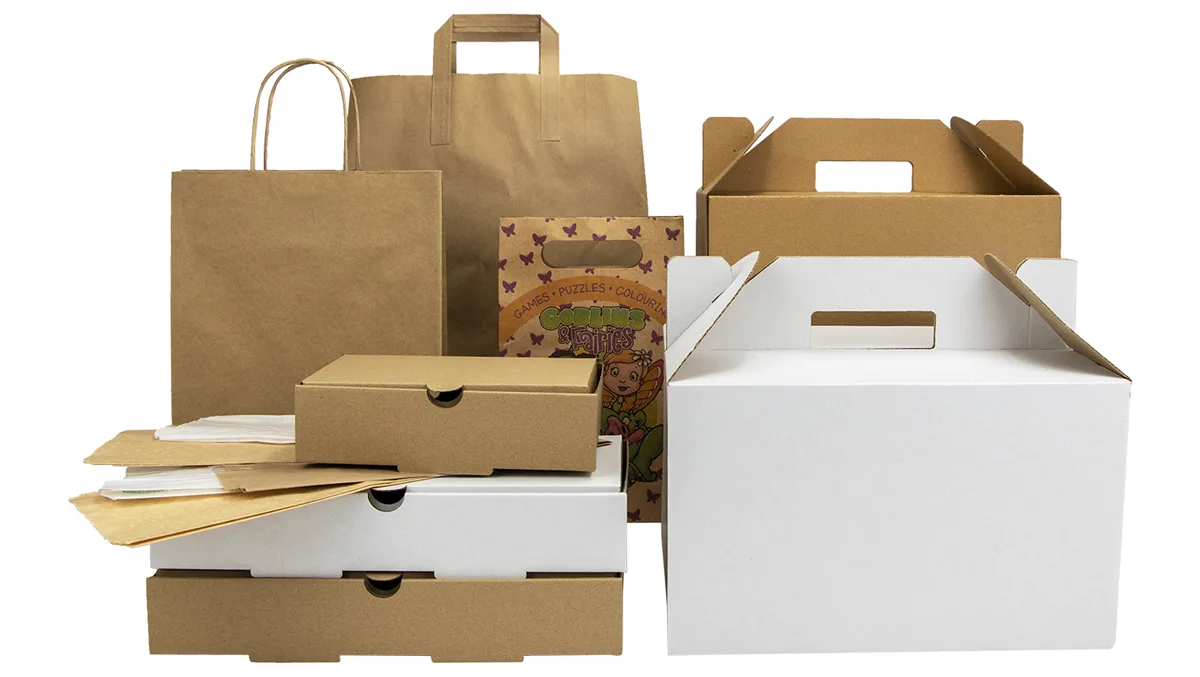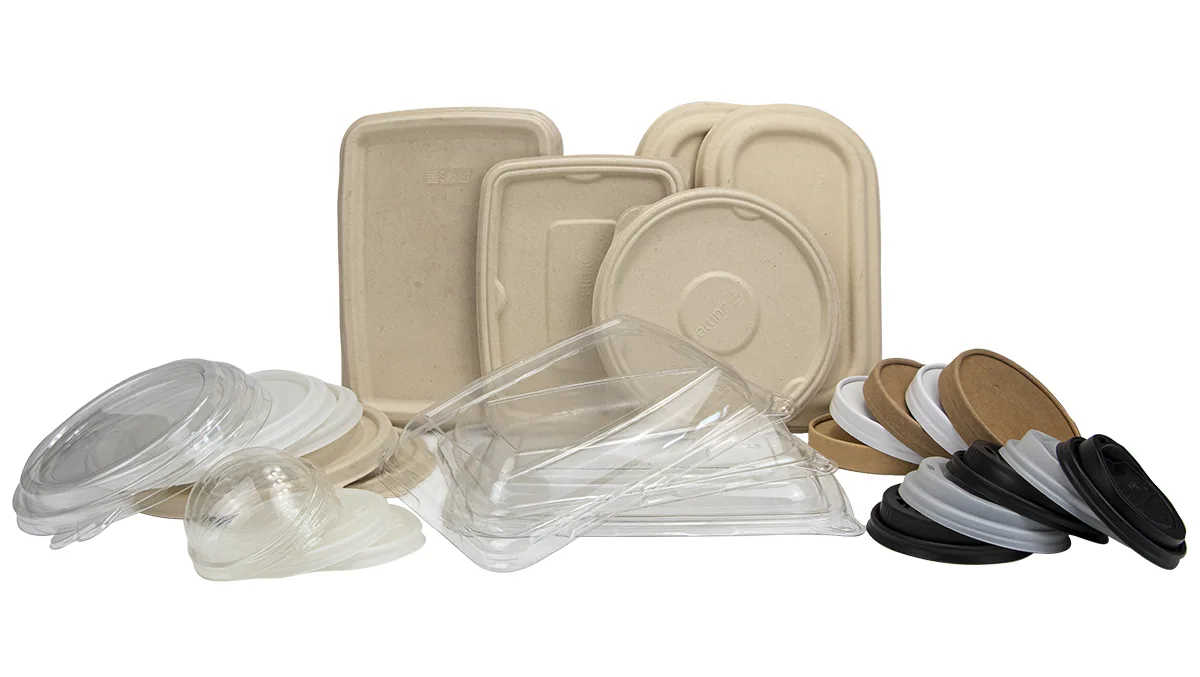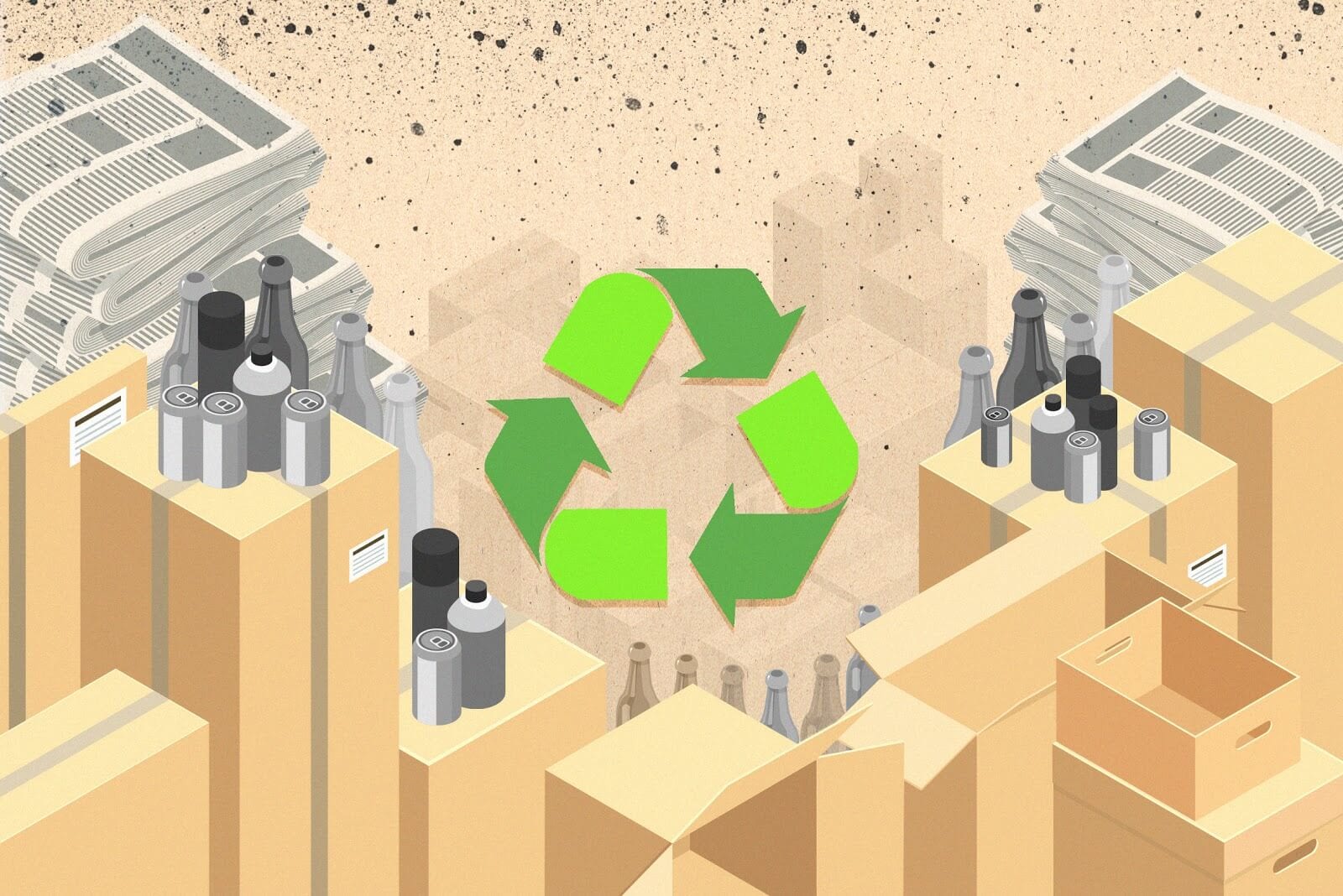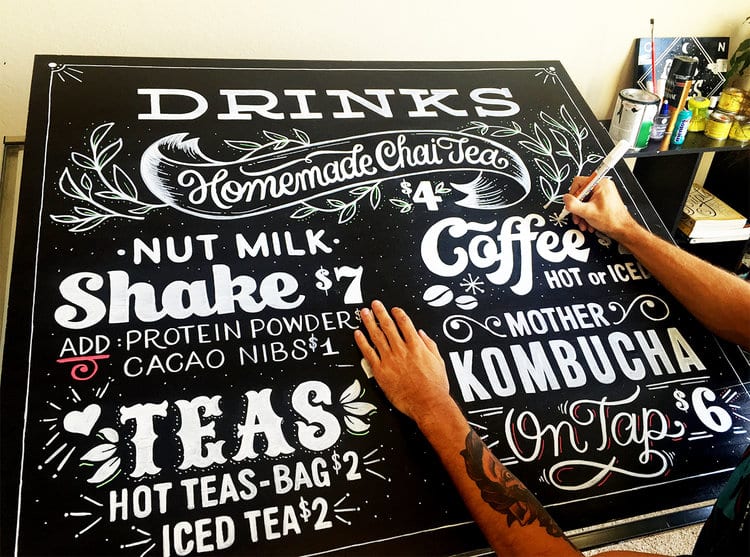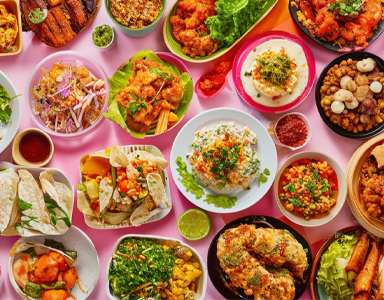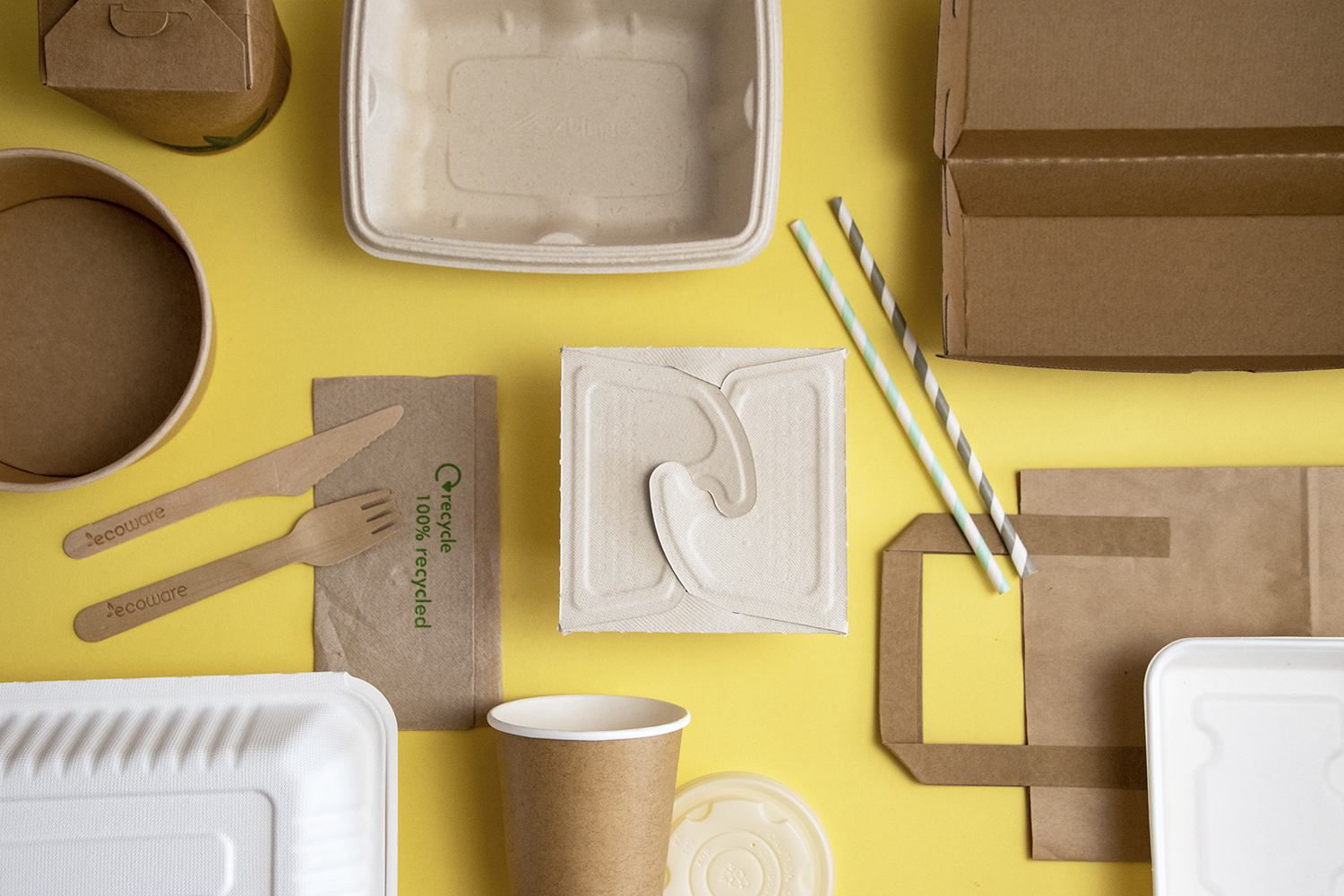Younger generations are less likely to recycle than their elders. Why? The majority — 30% of 2,000 people surveyed across Britain — don’t know how to recycle, which puts them off even attempting.
Knowledge is power. That’s why we’ve explained all you need to know to begin recycling responsibly (in less than 1,000 words).
What Is the Recycle Sign on Packaging?
The recycling sign on packaging is a widely recognised symbol that displays three green arrows poised to form a circle. You’ll see this sign plastered on plenty of products, usually on a care label or on the rear of a packet. Products originating from the UK will sport Recycle Now’s logo, which is a simpler circular arrow.
You can visit the Recycle Now website for further information on individual recycling signs, such as widely recycled labels and check local labels. Don’t have time? Here’s a quick overview:
Widely Recycled
There’s a good chance recycling facilities will accept packaging with this logo. For a product’s packaging to be granted this term, 75% or more local authorities across the UK must accept the materials. Watch out for different variations of the “Widely Recycled” sticker as they give you important instructions about how to prepare the packaging for commercial disposal. These instructions are crucial as they help ensure that the packaging is deemed fit to enter the recycling centre and that it will support sanitary conditions for centre workers. The most common example is rinsing out food packaging, so it doesn’t attract vermin or leak onto other materials.
Check Local
Products classed as “Check Local” are risky business, as whether or not they can be recycled depends on the area in which you live. To be categorised as a “Check Local” product, 20–75% of local authorities across the UK must accept the material composition. Think unusual items that might need a special area for disposal. For example, some types of plastic — such as bioplastic —packaging requires specialised disposal facilities.
Not yet Recycled
This self-explanatory label is the worst in terms of waste. However, it doesn’t mean these products are not yet recycled everywhere. The sign is awarded to products where less than 20% of local authorities in the UK currently accept the material for recycling. It’s probably best to avoid products with this signage but if you’re tempted, check your local disposal options to find out if you can get away with it.
Pesky Plastics
Things can get confusing when it comes to plastic, the environmentalist’s most-hated material due to its detrimental effect on the planet. Despite its destructive powers, we still use plastic en masse — for containers, temporary drinking bottles, Christmas decorations and everything in between. Sigh.
That’s not the only thing that doesn’t make sense. The recycling signs on plastic packaging are also pretty perplexing. This chart [originally posted by Greenopedia.com] solves the issue. Forget the endless partnerships of triangles, numbers and acronyms and follow these simple instructions:
Source: The Huffington Post
Other Stuff
There are some wild cards when it comes to recycling — especially if you’re disposing of electrical equipment. If you see a sign that doesn’t look like the official “Widely Recycled” label, it’s best to do your research before making any assumptions.
Why Is the Recycling Sign on Packaging Important?
This visual demonstrates the “reuse, reduce and recycle” mantra in line with the sign’s overarching meaning — that the packaging can be environmentally disposed of and is likely to have a continual lifecycle (rather than landing in a nasty landfill after single-use).
It’s important to check recycling signs on packaging prior and post-purchase:
Prior to Purchase — Try to avoid “Not Yet Recycled” products at all costs and discover new alternatives. If something is labelled “Check Local” use the Recycle Now webpage to find out about your local council. This website is pretty much your environmental bible.
Post-Purchase — After you’ve enjoyed the contents, it’s time to check the packaging’s recycling directions. In most cases, you’ll need to rinse the packaging out to make sure it’s sanitary for transportation and disposal. Sometimes you’ll need to leave the lid on the product or remove the sleeve.
If we don’t bother to recycle — and do it correctly — we’ll be left with overflowing landfills, a horrifying thought that’s predicted to become a reality as early as 2022 if we continue to slack on the segregation of trash.
Be part of the solution. Switch to sustainable food packaging without compromising on style. Browse our online shop, built for conscious brands.


